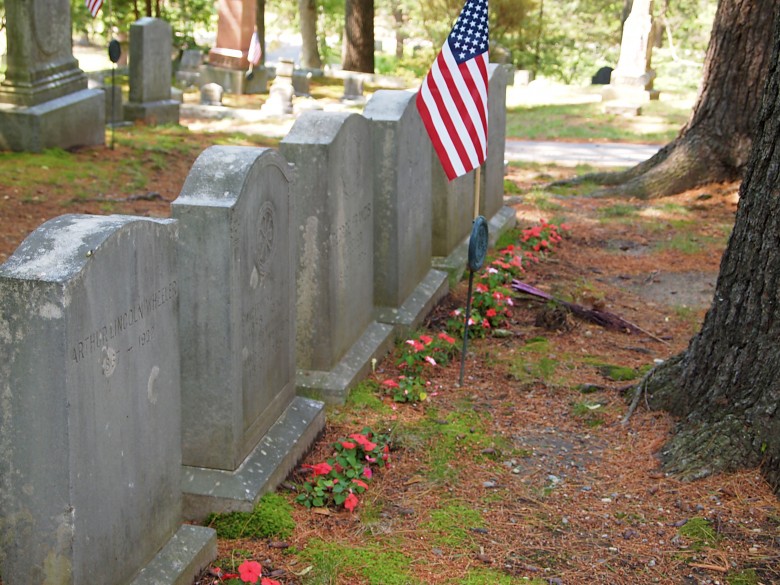


Because re-used graves are old, it may well be that there’s nothing left at all. This means that the previous person and any remains of their coffin are removed, and the grave is made deeper. Sometimes, people worry that this means the grave will be shallow, but the government actually recommends a ‘lift and deepen method.’ Reusing or reclaiming a grave is where someone who has died is buried in an older grave rather than a completely new space. We’ll bust some myths about the practice and let you know what reusing a grave really involves. But there are also reasons why a reclaimed grave can be a good option, like sustainability.
#Difference between graveyard and cemetery full#
Note: As always, you can watch the video at full screen by clicking the little “square” icon in the lower-right corner of the video after it begins playing.Reusing graves can be controversial, with lots of people asking whether it’s respectful and what safeguards are in place. To finish up, speaking of headstones, check out the really weird ones featured in the short video below. The next time you drive past a graveyard or cemetery you’ll be able to identify it by its proper description. Since cemeteries are primarily money-making enterprises, pretty much anything goes when it comes to selecting a headstone or other type of memorial (although most cemeteries do require them to be acceptable to the general public). Many of the headstones in a graveyard will be religious themed (crosses, praying hands, etc.) and they typically cannot be decorated with any designs or items that are considered to be contrary to that church’s beliefs. Since graveyards are usually associated with a church, most of them have strict requirements on how a person’s headstone can be constructed and/or decorated. If you’re able and willing to pay the price of a burial plot, you’re in (well, you will be at some point). The folks in charge of cemeteries typically don’t care about a customer’s religion (or even whether he/she is a person of faith at all). Unlike graveyards, most cemeteries are literally commercial enterprises that are in business to earn a profit for the owners/investors.Ĥ – Religious Affiliation (or lack thereof) of the DeceasedĪlthough it’s by no means a hard and fast rule, the churches associated with many graveyards require that the people buried there be of that particular faith. In fact, many of them sell for thousands of dollars. This is because most graveyards exist as a service to the church and its members, not as a money-making enterprise.īurial plots in cemeteries are usually fairly expensive. If the caretakers of a graveyard do require that folks pay for a plot the amount is usually just enough to help pay for the upkeep of the grounds (mowing, trash pickup, landscaping, etc.).
#Difference between graveyard and cemetery free#
Since Cemeteries serve an entire community (and beyond) they are usually larger and they typically have a lot more burial plots available for the public to purchase and use.īurial plots in graveyards are usually fairly inexpensive, and in many cases they are actually free if the deceased qualifies to be buried there. Since graveyards are usually located on church grounds and used by a relatively small percentage of the population, they are usually fairly small in terms of both acreage and the number of available burial plots. In many graveyards most of the people buried there were either members of that particular church themselves or relatives of one or more people who are/were members.Ĭemeteries are stand-alone burial grounds that can typically be used as the final resting place for anyone in the community who is able and willing to purchase a burial plot there.Ī cemetery can be located virtually anywhere in the community or the surrounding area – even in a place that’s miles away from the nearest church. In fact, most of them are actually located on church property, often literally right outside either the front or back door of the church house! Graveyards are typically associated with a local church. Yes, they are both plots of ground where people are laid to rest after they pass on, but there are several very important differences between the two…

Most folks use the terms cemetery and graveyard interchangeably, but did you know they are actually very different things?


 0 kommentar(er)
0 kommentar(er)
